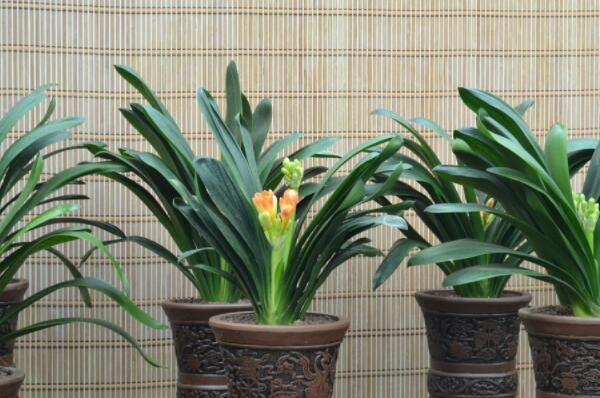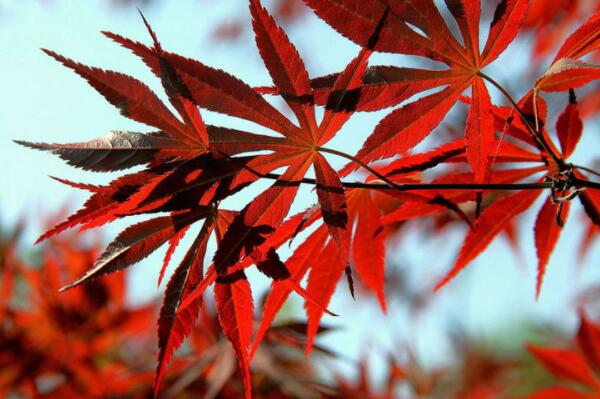Legume plant pig dung bean seed price how much is a jin? How to plant it? What are the effects and effects?
Pig poop beans are also known as white pig poop beans, wild bitter beans, big-eyed orchids, wild yellow bean grass, pig feces green, wild peanuts and so on. It is the whole grass of pig dung bean, a leguminous plant. Distributed in Shandong, Zhejiang, Taiwan, Hunan, Guangdong and other places. So, how much is the price of pig dung bean seeds per jin? How to plant it? What are the effects and effects? It is understood that the price of pig dung bean seed is 24 yuan per jin, and the price will be different in different regions.

How to grow pig dung beans?
Pig dung bean is a very resilient plant that can grow in riverbed, embankment, scorching sun, sandy and gravelly environment. In such a land, there is not too much soil, and naturally there are not too many nutrients; without shade cover, changes in temperature and humidity change violently with the change of the weather, and the sun is hot on a sunny day. The cold spell is also the first to bear the brunt, but pig dung beans can also grow normally.
What are the effects and effects of pig dung beans?
1. Greening function: pig droppings and beans have a long flowering period, barren and drought-resistant habits, which are quite suitable for landscape cultivation on both sides of the road. Pig dung bean is a leguminous plant, so it is also very suitable for planting in the field as a green manure plant. The seeds of this genus also contain galactomannan gum, which is widely used in petroleum, mining, textile and food industries. Because it likes to grow in sandy soil, it is a better soil and water conservation plant. Many species are commonly used in tropical and subtropical green manure and mulch plants.
two。 Medical function: this plant contains pyrrole-derived pyrrole alkaloids with strong biological activity, and many kinds can be used as medicine, such as clearing heat and detoxification, dispelling wind and dehumidification, detumescence and pain, treating rheumatism paralysis, tinea scabies, falling injury and other diseases. In recent years, it has achieved good results in anti-cancer, mainly in the treatment of squamous cell carcinoma, basal cell carcinoma, acute leukemia, cervical cancer and penile cancer. The use of seeds of this genus in some provinces in China instead of the traditional Chinese medicine Tribulus terrestris should be corrected.
Note: pig dung bean seeds and young leaves are poisonous.
What does pig shit bean look like?
Pig dung bean perennial herbs, or shrubby; stems and branches Terete, with small grooves, densely closely pubescent. Stipules very small, setose, usually caducous; leaves Ternate, petiole 2-4cm long; leaflets oblong or elliptic, 3-6cm long, 1.5-3cm wide, apex obtusely rounded or retuse, base broadly cuneate, upper glabrous, slightly silky pubescent below, veins distinct on both surfaces; petiolule 1-2mm long. Racemes terminal, up to 25cm, with 10-40 flowers; bracts linear, ca. 4mm long; caducous, bracteoles in shape similar to bracts, ca. 2mm, very small when flowering, not as long as 1mm, middle or base of calyx tube; pedicels 3-5mm long; calyx subcampanulate, 4-6mm long, 5-lobed, calyx teeth triangular, ca. as long as calyx tube, densely pubescent Corolla yellow, protruding calyx, upper petal orbicular or elliptic, ca. 10mm in diam., base with two corpus callosum, Hebei limb oblong, ca. 8mm, lower margin pilose, keel longest, ca. 12mm, curved, almost 90 degrees, long beaked, basal margin pilose; ovary sessile. Pods oblong, 3-4cm long, 5-8mm in diameter, hairy when young, deciduous after maturity, petal twisted after dehiscence; 20-30 seeds. The flowering and fruiting period is from September to December.
Time: 2019-03-20 Click:
- Prev

Changchun city flower Magnolia seed price is about how much per jin? How to sprout? How do you plant it? What are the methods?
Magnolia is also known as Magnolia, Lycoris, Magnolia, the city flower of Changchun, the flowering period is as long as 30-50 days, mainly in winter and spring, New Year's Day also blossoms around the Spring Festival. So how much is its seed price per jin? How to sprout? How do you plant it? What are the methods?
- Next

How much is the price of seedlings and seeds of maple trees with deciduous leaves? What's the difference between red maple and red maple? Bonsai such as
Acer is a family of Aceraceae, also known as Acer, Acer, etc., with an umbrella-shaped crown. The bark is smooth. The bark is dark gray. Branchlets purple or lavender green, old branches grayish purple. How much is the price of maple seedlings and seeds? What's the difference between red maple and red maple? How to maintain bonsai? I learned from the seedling company in Jiujiang County
Related
- Fuxing push coffee new agricultural production and marketing class: lack of small-scale processing plants
- Jujube rice field leisure farm deep ploughing Yilan for five years to create a space for organic food and play
- Nongyu Farm-A trial of organic papaya for brave women with advanced technology
- Four points for attention in the prevention and control of diseases and insect pests of edible fungi
- How to add nutrient solution to Edible Fungi
- Is there any good way to control edible fungus mites?
- Open Inoculation Technology of Edible Fungi
- Is there any clever way to use fertilizer for edible fungus in winter?
- What agents are used to kill the pathogens of edible fungi in the mushroom shed?
- Rapid drying of Edible Fungi

